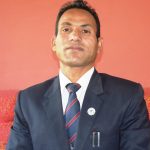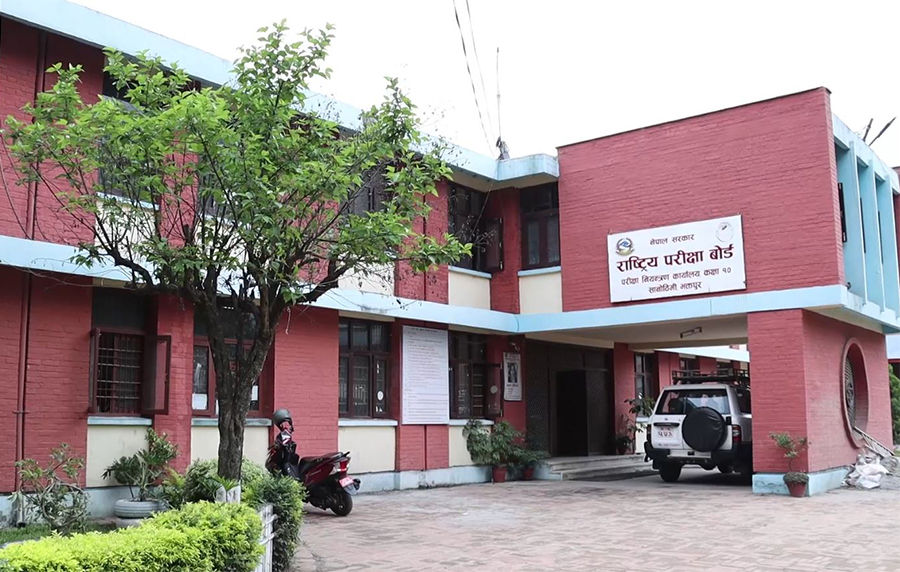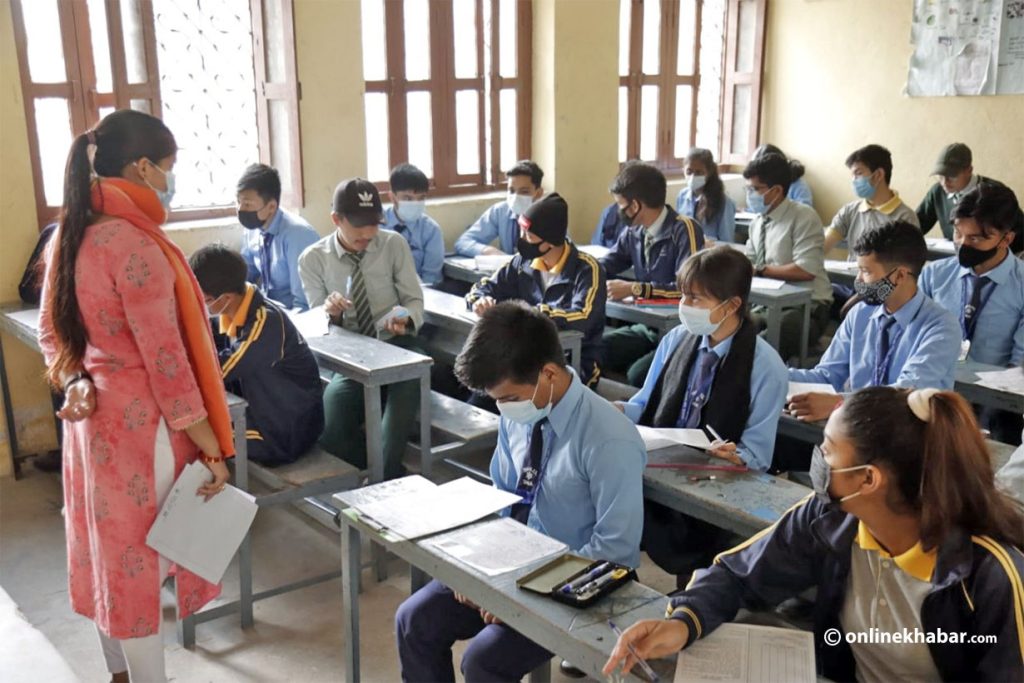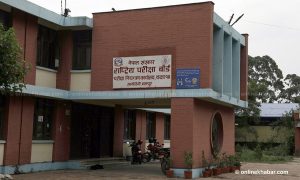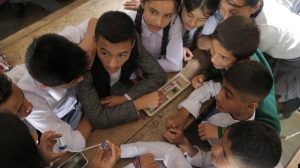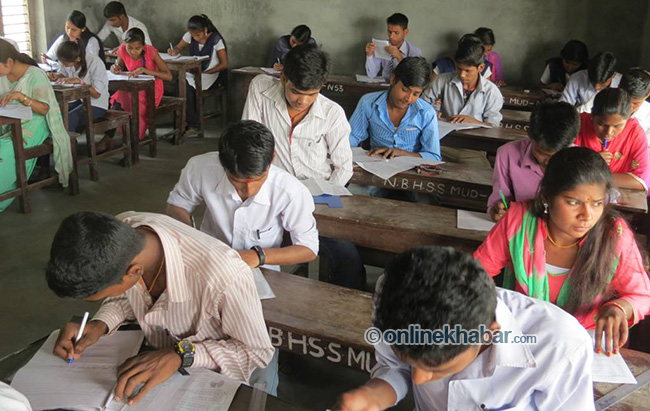
The countdown for Secondary Education Examinations (SEE) has begun as National Education Board has published the schedule. Because the examinations are known as the iron gate, most of the students who take the exams get nervous while preparing for them. They feel the pressure of the examinations as their parents, friends and teachers expect them to get excellent grades.
Then, the parents get anxious for their children and they anticipate the best results. Likewise, the teachers and respective educational institutions also look forward to the students’ performance in Secondary Education Examinations.
In this situation, planning for exams can help students with fundamental concepts before the examinations.
Preparation is the key
Students may be adamant about passing by all means possible, but the exams demand careful preparation and balanced performance based on the time allotted for the exams. It is better not to count the days but to count the strategies and come up with the plans prior to Secondary Education Examinations (SEE) for success.
Parents may need to plan to manage tuition classes and hostel along with required stationery materials. They need to do their level best to provide support to their children to keep their children away from stress.
Not only the parents but the teachers’ plan also facilitates students to ease difficulties likely to appear while preparing for the exams. There are many teachers who have started keeping help desks for those students who fall below the average grade zone.

At the help desk, the students can get the required support in various subjects along with focused counselling and care before the Secondary Education Examinations. The guardians’ role may not be sufficient for the children to get the desired result and the teacher’s role comes in handy. They can help their students in their respective subjects.
To prepare their students, the teachers can allocate different question sets to students so that they could solve them and if required, teachers could help them as well. Moreover, teachers are there to equip their students with the techniques on how to get good grades in examinations.
Another thing teachers could do to help their students prepare for the Secondary Education Examinations is by creating a checklist about the content to make them familiar with the subject matter and assist them with the chapter-wise test, which eventually leads to learning faster.
Preparation of different question patterns by the students with timely assessment cannot only help boost content knowledge but also help increase writing performance. The provision of a specification grid based on curriculum tightens the grip of students in different subjects as they prepare and perform the activities based on the guidelines.
Conducting tests, retesting and providing feedback to the students in challenging areas seems beneficial in the run-up to the Secondary Education Examinations. However, the students should take this as an opportunity to better their performance. There are some schools that emphasise the role of discussion sessions in different subject matters. According to them, discussions help the students to see other’s points of view making them confident and wiser in that particular subject.
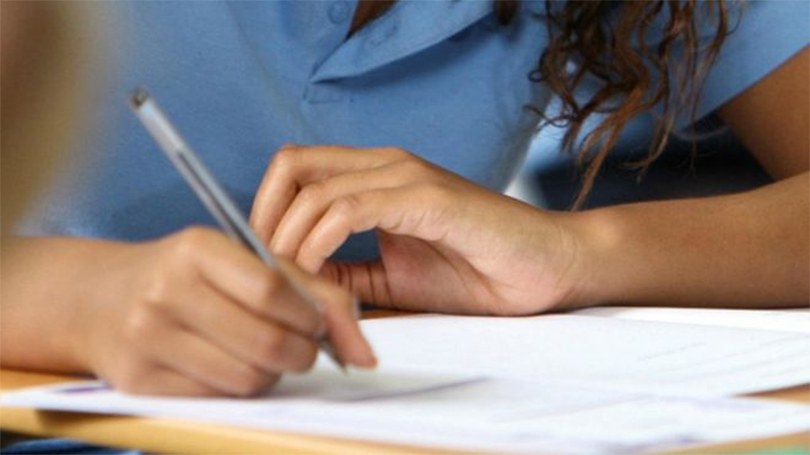
Understanding the strengths and weaknesses
Review by the teachers about students’ strengths and weaknesses helps them move forward and prepare for the Secondary Education Examinations (SEE) accordingly. According to some teachers, for most students, reviews of their performance in front of their parents, friends and teachers could help build motivation and passion for learning.
Then, categorisation of questions in different subjects and solving them with focused preparation minimises the exam burden on students and increases their familiarity with the question patterns. For example, showing the difference, writing characteristics, advantages and disadvantages can be better learned systematically through categorisation.
The subjects having short and very short questions can be well prepared by conducting quizzes. Solving model questions can also be equally important since acquaintance with the text daily lessens exam fear and increases writing capacity.
Hence, sharpening the saw before the Secondary Education Examinations seems more practical when a candidate goes through model questions to solve them, which particularly drives the students in the right direction and fosters the automatic learning process.
If teachers appreciate the students for their small achievements through verbal remarks in front of their friends, it can work as a powerful capsule, which can also be one of the areas of planning prior to SEE. With the right approach and strategy or planning, the students can cross the iron gate successfully.


